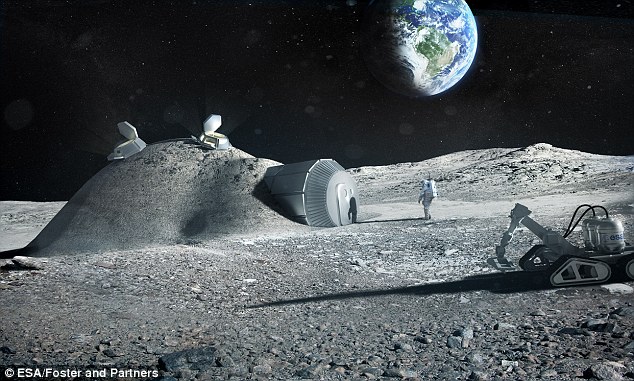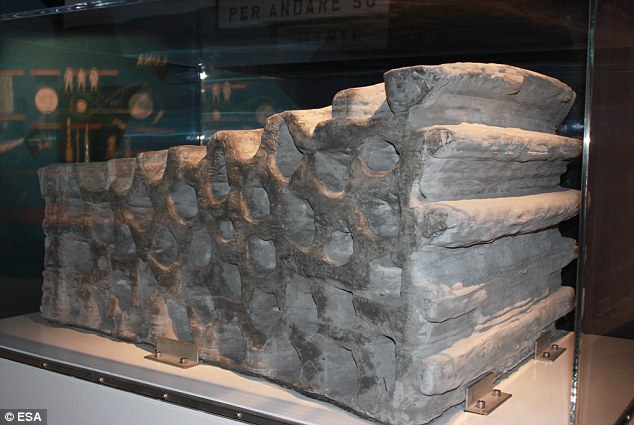The European Space Agency’s Moon Village is just the first step on a journey that will take man to the furthest reaches of the solar system. Perhaps inevitably, 3D printing features heavily in the agency’s plans.
ESA head Jan Woerner revealed the plans for a lunar village at the New Generation Space Leaders Panel, but swiftly pointed out that this would simply be a springboard for unprecedented space exploration that will take us well beyond Mars. It could also replace the International Space Station.
A new vision for space exploration
‘The future of space travel needs a new vision,’ Woerner said. “Right now we have the Space Station as a common international project, but it won’t last forever. If I say Moon Village, it does not mean single houses, a church, a town hall and so on. No, that would be misleading.
“My idea only deals with the core of the concept of a village: people working and living together in the same place. In the Moon Village we would like to combine the capabilities of different spacefaring nations, with the help of robots and astronauts.
“The participants can work in different fields, perhaps they will conduct pure science and perhaps there will even be business ventures like mining or tourism.”
Woerner has a vision for a working station on the surface of the moon that will house scientists, engineers and astronauts from a number of different nations. Effectively the moon base would serve as a pit-stop as missions go deeper and deeper into space. He said: “The moon is a stepping stone to Mars.”
These are brave words as we simply don’t have the technology to get to Mars as yet and the toxic atmosphere is just one of the hurdles to overcome.
It’s a global operation to go to the moon and beyond
NASA is on board with the project, though, and China’s involvement has also been mooted and it is swiftly turning into a global co-operative. Despite the world’s biggest super powers showing an interest, the European Space Agency is still firmly in charge. It is now working on space suits, food sources and other practicalities that go with setting up a base camp on the moon.
There is still a lot left to decide, including the exact location of the village. It could yet be on the far side of the moon, which will effectively hand the astronauts a head start when they go in to deep space.
Unsurprisingly there’s a military aspect and the village goes beyond simple exploration, as it has already been hailed as potential early warning and defence system. Woerner isn’t talking about extra-terrestrial invasions, thankfully. Instead he said: “It means we can protect the Earth from the hazards of impacting asteroids and comets.”
3D printing in the news again
Building the station could be an issue, of course, but 3D printing has the answer. The lunar soil, Regolith, can be turned into housing for the visiting specialists. These will inevitably be highly advanced structures and the printers will have to operate in the most challenging conditions known to man.
The early tests show that they can build the honeycomb matrix that resembles cement at a rate of 6.5-11ft (2-3.5m) an hour, so the facility could be complete in less than a week. Without 3D printers the whole project would almost certainly be a pipedream, as building something this advanced by hand, in space suits, would be a challenge to say the least.
It would also mean transporting the materials to the surface of the moon from Earth. So it’s no exaggeration to say that the lunar village simply could not happen without 3D printing technology and this is yet another example of this breakthrough changing the future of mankind.




